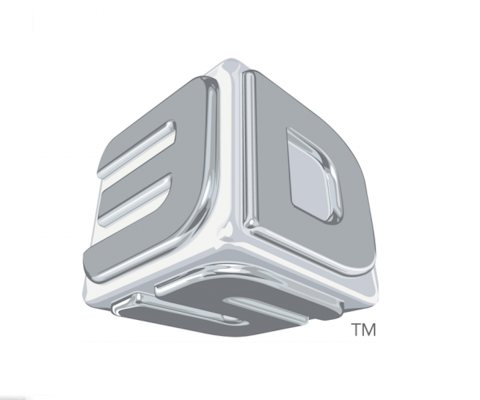Seems like hardly a week goes by without another dramatic and seemingly random price swing for 3-D printers. The 3-D printing industry has fascinated investors with its ability to instantly manufacture custom-designed objects and has been name-checked frequently by major media outlets, popular television personalities, and the president of the United States. Industry giants 3D Systems Corporation (NYSE:DDD) and Stratasys, Ltd. (NASDAQ:SSYS) have both shot up more than 100% over the past 12 months, as new interest surges in an industry that’s actually decades old. What’s an investor to make of all this movement?

Today, the idea that 3-D printing will continue to grow in popularity isn’t being challenged, but rather investors are worrying whether the price of 3-D printing stocks has simply risen too high, reflecting irrational exuberance that far outpaces realistic outcomes. With the major 3-D printers trading for dizzying prices around 80 times earnings, it’s only realistic to ask if it’s even possible for 3-D printers to deliver on expectations. In this case, it’s useful to look at how big 3-D printing might actually get, by thinking about the addressable market.
It’s difficult to predict what sort of applications 3-D printing will find in a decade or more, so let’s look at what 3-D printers are useful for now. Most obviously, 3-D printers are great at turning out little plastic toys and trinkets. I believe there’s no long-term business opportunity here. The ability to churn out the low-quality machines that make low-quality plastic novelties has become too commoditized to support solid earnings, especially since nonprofits and academic organizations have taken an interest in promoting the technology.
Where commercial 3-D printers such as 3D Systems, Stratasys, and newly public ExOne Co (NASDAQ:XONE) really shine is in the market for high-value, low-volume items that require exacting manufacture and sophisticated print materials. There are two important markets here: prototypes manufactured for the research and development of new products, and health products created to perfectly fit a given human body, including items such as replacement hips, dental fillings, and hearing aids. So just looking at the applications we know 3-D printing can compete in today, what’s the market opportunity look like?
On the life science side, just the market for 3-D-printing-friendly health applications is estimated to be around $40 billion. That dwarfs the current size of the 3-D printing industry, but it looks like chump change compared with 3-D printing’s other major opportunity.
In 2013, the world will spend $1.5 trillionon research and development. This matters, because when you’re designing products for the real world (that includes everything from airfoils to running-shoe soles), it improves the design process to be able to get a physical version of a design to test out, sort of like an industrial first draft. Designers have three choices when making these prototypes: make them by hand, fire up a full-scale factory to produce only a few items, or 3-D print them. Increasingly, industrial designers are finding that 3-D printing isn’t just faster; it’s cheaper. As such, I expect 3-D printing to win in the rapid prototyping space.





